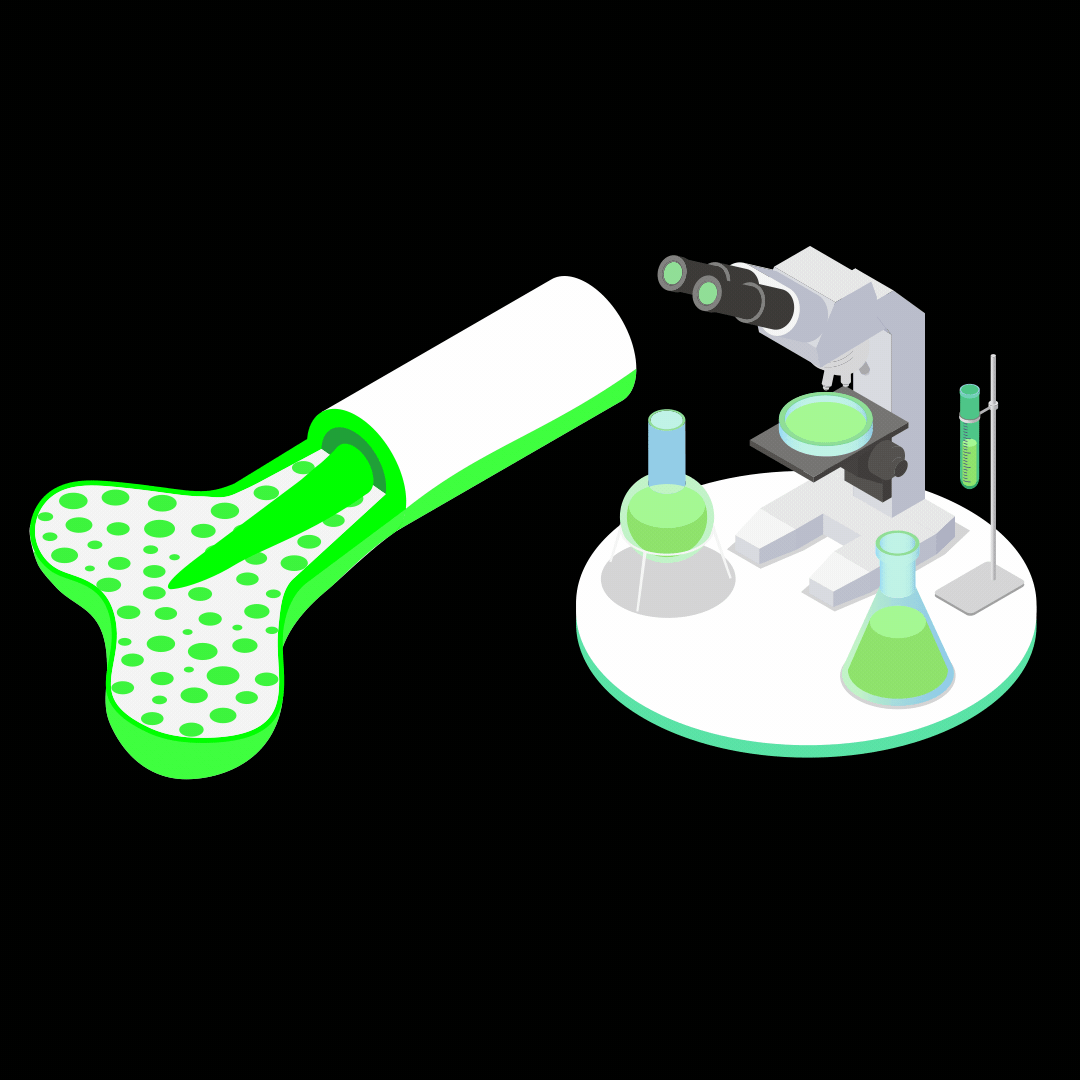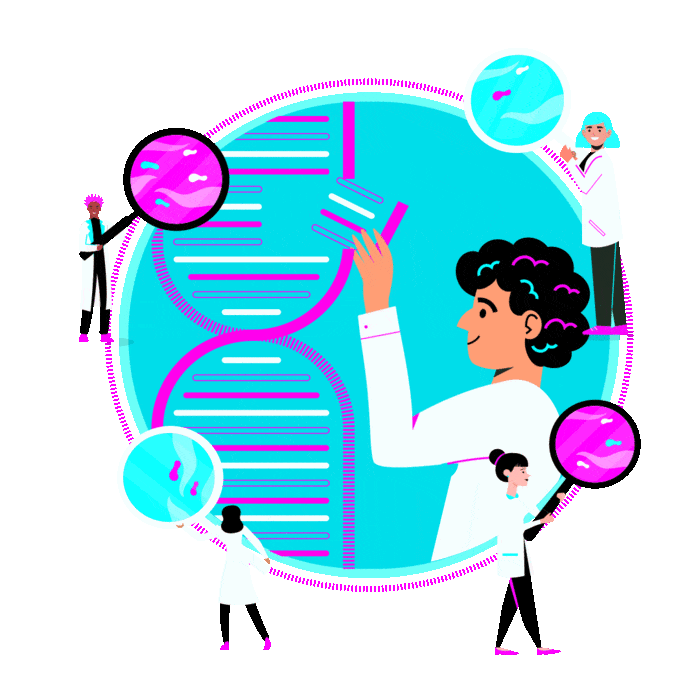


So, what’s involved in ‘Growing New Body Parts’? Well, as you may have already learned, Stem Cells have the incredible power to turn into any cell type in the human body. This means that, given the right environment, Stem Cells can be used to repair damaged body parts, and potentially even grow new ones!

This means that, given the right environment, Stem Cells can be used to repair damaged body parts, and potentially even grow new ones!
But how do we create the right environment? How do the cells know where to grow? And how can we deliver these super-cells into the human body to do their job? Enter BIOMATERIALS!
A biomaterial is any material that has been specially engineered to interact with a biological system such as the human body. It could be an implantable medical device such as an artificial hip, or it could even be a contact lens!
Here however, we’re talking about biomaterial scaffolds – natural or synthetic materials which can be combined with Stem Cells to create artificial tissues to repair or replace damaged organs. These biomaterials need to have similar characteristics to the organ they are aiming to replace.


For example, a biomaterial used for muscle tissue engineering may need to be soft and elastic, whilst a material used to repair bone needs to tough and porous! Tiny holes in the biomaterial can allow gases, liquids and even cells to move through them! Sometimes, when their work is done, they even need to be able to break down safely within the body, to allow new cells to take over!

About Aimee Cheesbrough
Aimee is a PhD student on the London Interdisciplinary Doctoral Programme working between the Centre for Stem Cells and Regenerative Medicine (CSCRM) at King’s College London, and the Centre for Biomaterials and Interventional Science at University College London.
She is co-supervised by Dr Ivo Lieberam (KCL) and Professor Wenhui Song (UCL). Aimee’s research is focussed on developing new biomaterials which are used to grow skeletal muscle tissues in the lab. Her research helps us to better understand how our muscles work, and how they can be affected by certain diseases.
Alongside her research, Aimee enjoys taking part in science public engagement events, and has been involved in the many of the school visits and outreach activities taking place at the CSCRM. During the 2nd year of her PhD she completed a Sci-Comm internship at The Royal Institution, and was responsible for organising and delivering Masterclasses for school children all across London. Aimee is very excited to share her research with the public in a fun and interactive Biomaterial Slime Activity!
How can stem cells heal the human body?











